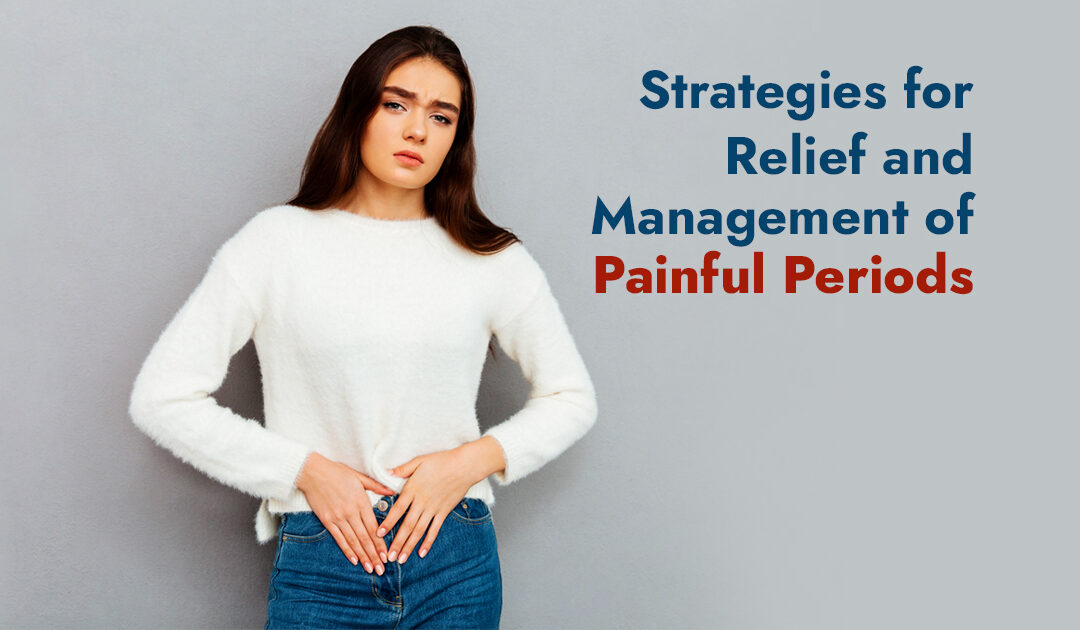Periods are a normal and natural aspect of life for many women. For others, though, they may be accompanied by excruciating pain and discomfort, which can have a major negative influence on everyday activities and general well-being. If you experience painful periods, also referred to as dysmenorrhea, know that there are effective techniques to minimize the pain and regain control over your monthly cycle. You are not alone in this fight.
What is the cause of painful periods?
Although the precise reason behind painful periods is not entirely known, a number of factors may be involved:
- Prostaglandins: These uterine lining-produced, hormone-like chemicals induce the uterus to contract, which results in cramping.
- Endometriosis: This disease is brought on by tissue that resembles the lining of the uterus growing outside of it, leading to pain and inflammation.
- Uterine fibroids are non-cancerous growths in the uterus’s muscular wall that can occasionally cause pressure and cramping.
- Adenomyosis: This illness causes pain and profuse bleeding when the tissue that lines the uterus develops within the muscle wall.
Strategies for pain relief and management
- Over-the-counter analgesics: Drugs such as acetaminophen or ibuprofen are good in reducing inflammation and discomfort. It’s critical to take the medication as prescribed and see your doctor if symptoms worsen.
- Heat therapy: You can ease pain and relax constricted muscles by placing a heating pad or hot water bottle on your lower belly. Try taking a warm shower or bath for comparable advantages.
- Lifestyle changes: Keeping up a healthy lifestyle has a big impact on period discomfort. Frequent physical activity, getting enough sleep, and lowering stress levels with methods like yoga or meditation will improve general health and perhaps lessen cramping.
- Dietary adjustments: Some meals might exacerbate cramping and inflammation. Limit the amount of processed foods, sugar-filled beverages, and harmful fats you consume. On the other hand, adding whole grains, fruits, and vegetables might supply necessary nutrients and possibly reduce discomfort.
- Herbal treatments: Ginger, chamomile tea, and cramp bark are a few examples of natural therapies that may help with pain. Before taking any herbal supplements, though, speak with your doctor because they might interfere with any prescription drugs you already take.
- Birth control: By regulating your cycle, hormonal birth control options such as oral contraceptives, the patch, or the IUD can frequently result in lighter periods and less cramping. Choose the one that best suits your needs and preferences by discussing the available options with your doctor.
- Complementary therapies: Techniques like mindfulness training, acupuncture, and massage therapy help reduce pain and induce relaxation. Before beginning any complementary therapy, it’s crucial to locate a licensed professional and go over your unique needs.

